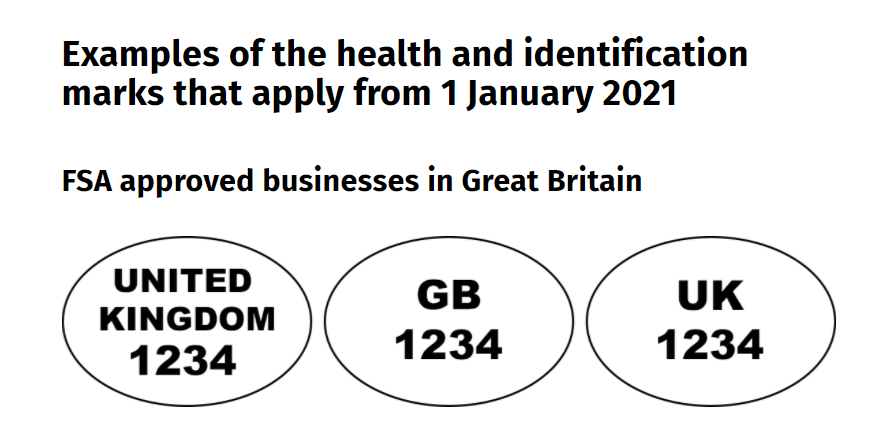The UK has left the EU with the period for transitioning quickly coming to an end at the end of the year. Local food producers who sell their products in the UK, exporters who export UK products to the EU and importers of products into the UK will all be impacted by new labeling requirements. Our colleague, Stephen Ohri, recently gave a great overview of the current situation in an SGS-hosted webinar on Brexit.
In the webinar Stephen lays out the different considerations that are important to consider so companies can make the appropriate updates to remain in compliance. This includes the Northern Ireland Protocol that will be put in place to ensure no hard borders exist between Northern Ireland and the Republic of Ireland. Other impacted areas include the EU organic logo usage as well as the Geographic Indication of products.
However there are two particular changes that resonate with the Digicomply team through the work that we do in identifying new, practical solutions for our LabelWise customers. In this case the new food business operator (FBO) address labeling requirements for products sold in the UK or exported to the EU and the identification marks on animal origin food products that will go into effect on January 1, 2021. Important to note: is that for products sold in GB there is an adjustment period that will last until October 1, 2022.
Food Business Operator address requirements Post-Brexit
Prepackaged food sold in Great Britain (GB) will require a UK address while previously a EU address was compliant. Likewise, products sold in the EU will continue to require an EU address. For products sold in GB there is an adjustment period lasting until October 1, 2022. However, as of now it is understood that products produced in Great Britain and sold into the EU will no longer be able to rely on the GB address to be in compliance as of January 1, 2021. Instead they will need to include the company’s address in an EU country or the address of the importer. The Northern Ireland Protocol means that there are different rules for products produced there that need to be considered.
Health and identification marking logos Post-Brexit
The health and identification marking logo will also change for required products produced in Great Britain. Any of the previous logos with reference to the EC will have to be phased out and replaced with a new logo that only references the UK, GB or Northern Ireland. In this case as well there will be an adjustment period that will run until October 1, 2022 for products sold in the UK.

Why this applies to LabelWise
The reason why these two topics are of particular interest is because for many food producers the majority of their labels will remain unchanged. The brand information, product instructions, and nutritional fact panel will continue to be the same. Instead, a new requirement with a relatively minor change potentially requires the updating of all the labels for a food producer operating across the EU and UK.
With LabelWise our goal is to continually find ways to reduce the amount of effort required in the label review process and to reduce the risk of costly human errors. Based on our experience, what we have found is that label updates impacting a large volume of labels with a minor change are exactly the type of changes that an AI-based system like LabelWise is best suited for. This is because it is possible to upload one time the new changes. In this case the new address or identification number format. From here the labels can be processed with the technology immediately identifying if certain labels do not, for example, have the proper UK address format.
The team members involved in the label design process are a vital resource for an organization. Their time is valuable and best spent getting the new label design in place the first time. After that the processing and review of the labels is a mundane, time consuming task. Comparing hundreds or even thousands of labels can easily lead to mistakes. We think it is better to spend the time defining what needs to be done upfront and then training the model to do it correctly.



.jpg)

.webp?width=1644&height=1254&name=Food%20Safety%20Dashboard%201%20(1).webp)
